
Ravindhar : Cinematographers Journey!
Aug 03 2025
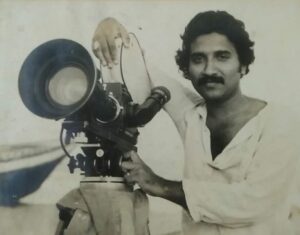
🎥 Framing the Journey: Veteran Cinematographer Ravindhar Speaks
A SICA Exclusive Interview
With over 50 feature films to his credit across Tamil, Malayalam, Telugu, and Kannada, and an equally strong presence in television, advertising, and public service films, Cinematographer Ravindhar is a respected name whose journey blends old-school discipline with adaptability to changing formats.
From his assistant days loading Mitchell
How did your journey in cinema begin?
My entry was by accident. My mother was a hairdresser in the industry. I once accompanied her to Vadapalani Murugan Temple, which led to a visit to AVM Studios, where i was choosen by AVM to appear as a baby in Paava Manippu with Chevalier Shivaji Ganesan and that turned into an acting offer that continued in a few films as a Baby and child artist, even acted alongside Makkal Thilagam MGR. But I left acting early to focus on studies and sports, particularly kabaddi. After completing my PUC, I transitioned behind the camera.
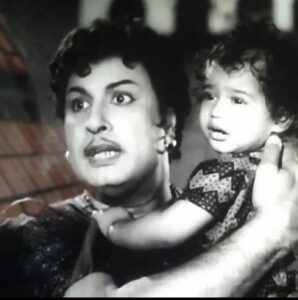
What was your first step into cinematography as a technician?
Ravindhar: I got a chance through Nathan, a sound engineer, to join Karpagam Studio. I started out with the Mitchell camera, which was standard in studio productions then. It was bulky, required precision, and taught me discipline. Loading film, writing camera reports, maintaining lenses—those assistant days gave me the backbone of my career.
You were mentored by some big names. How did that shape you?
Ravindhar: Immensely. I worked under Marcus Bartley, who shaped my understanding of light and visual mood. Rajaram also mentored me. Later, I assisted Amirtham sir on Vandikaran Magal. Then I moved into Malayalam cinema, working under Ramachandra Menon,KB Dhayalan and spending nearly a decade on director Baby sir’s films. Those years taught me how to tell stories visually across styles and regions.
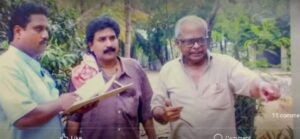
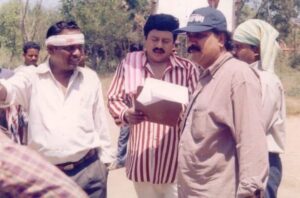
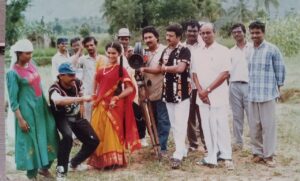
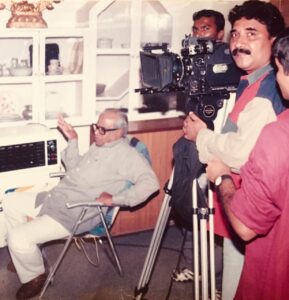
How did television become part of your journey?
Through Mr. Swaminathan (actress Nithya’s father), I got to work on the Doordarshan serial Soladi Sivasakthi, directed by B. Lenin sir. It was my first time using video cameras. I had to quickly adapt to high-band formats. Lighting remained my strength, and I focused on bringing cinematic aesthetics into the television space.
One unforgettable memory: Balu Mahendra sir called me when he was planning to shoot Kadhai Neram for TV. He initially wanted to shoot in Film,but budget constraint led him to think over video format,regarding he wanted to know how he could bring his film-like visuals into tape-based formats. It was a huge moment for me—to spend a day with him to have a conversation on the subject.
Tell us about your collaboration with K. Balachander sir.
I was brought into Minbimbangal by Mr. Kailasam. We used a Super 16 camera—which I had earlier used for a short film I directed. During a shoot in Kodaikanal, KB sir insisted on having a monitor on set, even though external monitoring wasn’t available for Super 16 then. He was already comfortable directing with monitors from his video serials. So, we arranged for one to be brought from Bombay! That shoot began an 8-year-long working relationship with KB sir on various telefilms and series.
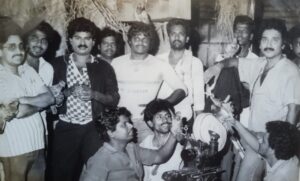
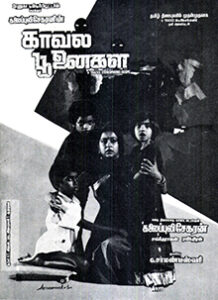
Ravindhar: Kaaval Punnaigal (1989) by Kalaipuli Sekaran. After years of assisting and television work, it was my first feature film as DoP. It was a full-length project shot nearly 120 days with good production values and gave me complete creative responsibility. That film gave me the confidence and exposure to move forward in the industry.
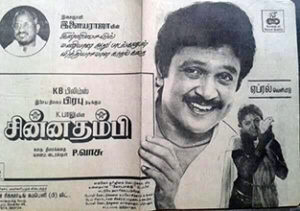
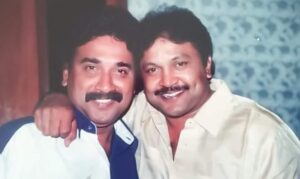
Chinna Thambi and Velai Kidaichuduchu are audience favorites. What do you recall?
Chinna Thambi was visually poetic. It was a massive success—the film ran for 365 days, a true rarity today. Back then, several of the films I worked on ran for over 100 days, which was a mark of box office and public appreciation. Today’s business model is different—faster, more digital, with shorter theatrical runs. But that era gave us time to craft visuals that stayed in people’s minds.
The songs in Chinna Thambi were treated like poetry—with movement, travel, natural light, and emotional softness. In contrast, Velai Kidaichuduchu had a more urban and intense tone. Both projects pushed me to adapt visually, and each taught me something valuable.
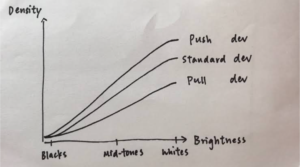
Did you have moments on set that tested your technical judgment?
Yes—one incident stands out. I had accidentally overexposed a key scene. There was no time to reshoot. At Gemini Lab, I worked with colorist Narayanan to pull-process the film, adjusting development to save the footage. It came out surprisingly well. That’s when my assistantship and lab knowledge paid off. Experience is your best insurance in this field.
How did your second innings in cinema happen?
I returned to feature films by shooting a project for TK Bose, followed by the launch film of Dhusyanth (from Shivaji Productions). That period reestablished me in cinema. I could bring both old-school rigor and my experience from video formats into my work.
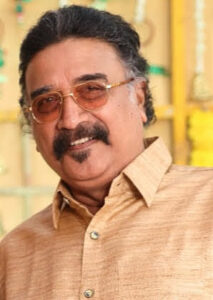
You’ve also acted in films. How did that come about?
Director Suseenthiran insisted I play a cop in Paayum Puli. I hesitated at first, but it worked. After that, I received more offers and did a few character roles. Acting gave me a new insight into performance and how camera placements affect actors.
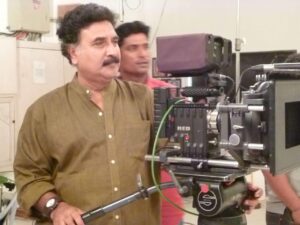
You also contributed in other areas like ad films and government projects?
Yes, I shot several tourism and awareness films for the government. My work in advertising also expanded with digital formats. I owe a lot to Amirtham sir, who encouraged me when he headed the Government Film Institute. He constantly pushed me to explore new avenues.
Tell us about your experience as a National Award jury member.
In 2022, I was honored to be part of the National Film Awards jury. I watched over 90 films, especially from Tamil and Malayalam. It was a great responsibility and a deeply enriching experience—to witness the country’s cinematic diversity from a judging seat.
You were also involved in film distribution?
Yes, with a few friends, I was part of releasing about 60 Tamil films in Karnataka. Distribution showed me the business side of cinema—how a film reaches people, the market, and audience dynamics. It’s another perspective that added depth to my understanding.
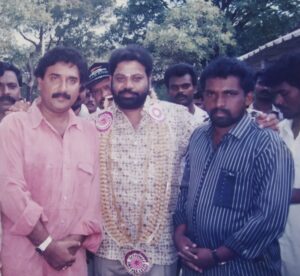
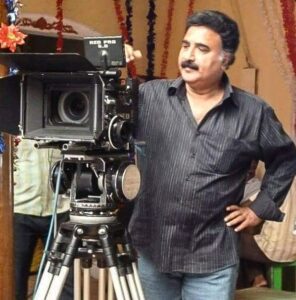
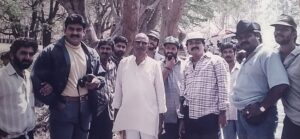
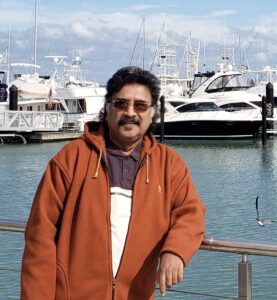
What keeps you creatively active now?
Reading—especially about photography and cinematography—is something I love. Now, I’m exploring AI tools and visual experiments. I want to direct a feature film soon. New ideas excite me, and I believe learning must never stop.
What’s your core philosophy as a cinematographer?
Whether film or digital, my mantra is discipline and intention. Light with purpose. Frame with understanding. Respect the story, and the technology will serve you. Preparation, even today, is key. I visualize before I touch the camera.
What would you like to share with today’s generation of cinematographers?
Go back to the basics. Assist good technicians. Watch how light behaves on real skin, not just sensors. Practice with or without equipment. A good frame isn’t about gear—it’s about clarity and thought. Let every image reflect who you are.
What does SICA mean to you?
SICA is our backbone. It’s where we come together as artists, technicians, and learners. I’m proud to be part of this community that values both heritage and growth.
📸 Legacy in Every Light and Shadow
From child artist to celebrated cinematographer, from studio assistant to national jury member, Ravindhar’s story is stitched with humility, learning, and love for the craft. His visuals—whether on Super 16, video, or digital—carry a timeless rhythm. As he steps into the future with AI tools and directorial dreams, his journey remains an inspiration for generations.
Drafted by
CJ Rajkumar
Author/ Cinematographer
